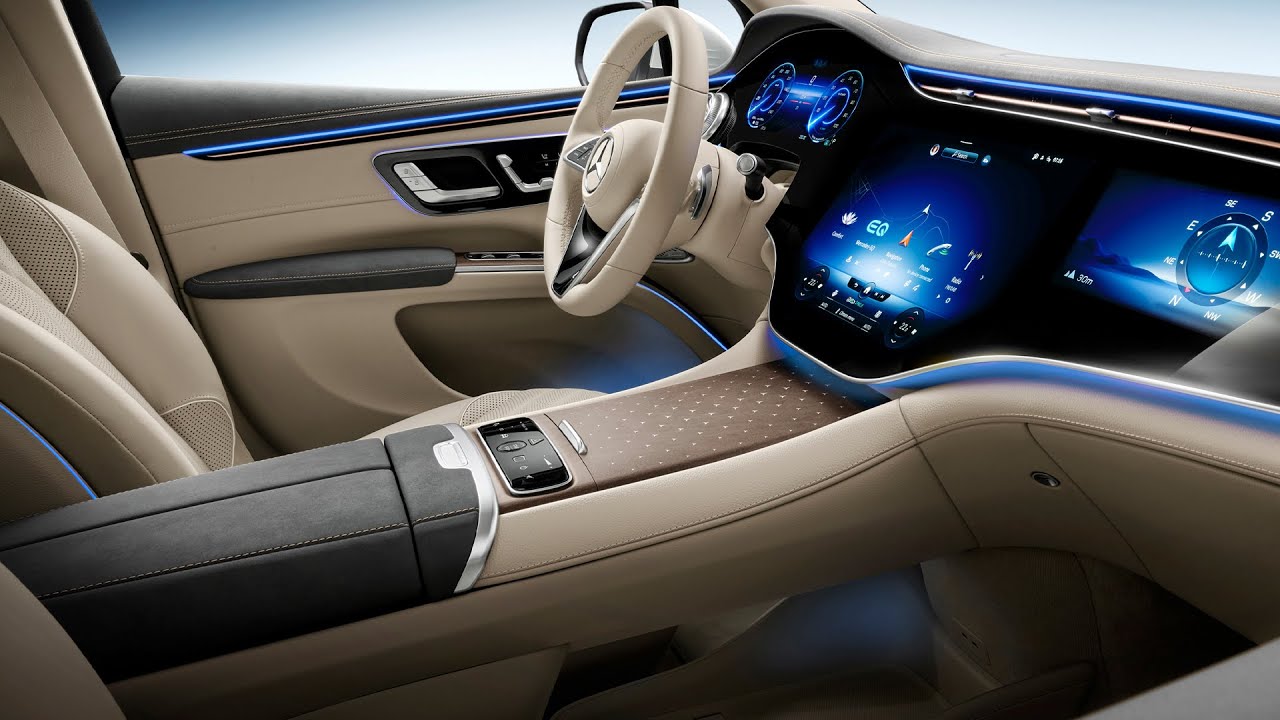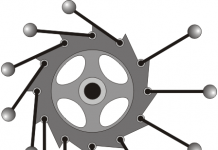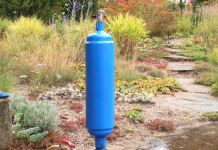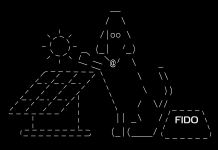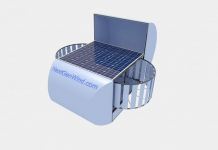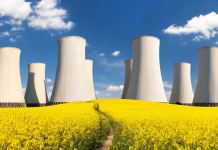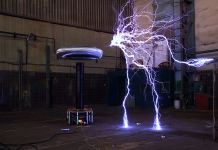Stirling engine — this is one of the varieties of heat engines. The principle of his work is a movement in the closed volume of the working liquid or gaseous mixture. With full confidence we can say that it is an external combustion engine. Its working principle is to extract energy, which is generated by heating and cooling the working fluid. First they were invented in the 19th century. Like many other inventions of the time, the motor recovery and oblivion. However, already in the 20th century they experienced a second growth, and now engineers are making all the new improvements.
The engine design is very simple due to the lack there of any valves, camshafts, no starter. For fits absolutely any source that produces heat. It can be as solar energy, agricultural waste, minerals and nuclear energy. Despite the simplicity of the design and the absolute omnivorous Stirling engine is not inferior to the performance of internal combustion engines. Very pleased with the reversibility of the device. Reversibility is the following scheme. heat energy is converted into mechanical, it actuates the flywheel and so get cold.
Operating cycle of the device depends entirely on the heat received from the outside, at what the source of this heat is absolutely not important. Given these features, you can confidently say that this device is ideal for use in solar energy:
1. The external combustion engine is hardly subject to wear, because no internal wear which is present in internal combustion engines;
2. Engine power increases rapidly with increasing temperature;
3. The absence of an internal combustion process allows the device to operate silently;
4. During operation of the Stirling there is a constant volume air mixture.
In Stirling engines has both pluses and minuses.
The advantage of the Stirling engine.
1. Modern motor design differs from the model of the 19th century. Due to the fact that it uses advanced technology production and innovative moves while it is the design, it was possible to significantly increase the efficiency of the Carnot cycle to 65-70%.
2. A properly executed and cleverly designed the engine does not need to progress in any adjustment or setting. With that in this design, there are no typical engine components (starter, valves and camshaft).
3. Since the principle of the Stirling engine work a bit different than the engine in the operating principle of which is laid combustion air mixture, it is not subject to the maximum stress on the elements of the device.
4. The engine has the capability of autonomous work due to its simple structure.
5. Device for no special source that emits heat.
6. Stirling uniformly burn fuel to end, because the combustion takes place outside the engine.
Disadvantages of the device.
1. Increase the size of the engine due to the fact that the combustion takes place outside of the inner chamber, the heat is given by the radiator.
2. Engines material consumption. For productive engine it must be made of heat resistant steel which has a low thermal conductivity, thus withstands high pressure. And we need a special lubricant with a low friction coefficient, which can withstand high temperatures.
3. In order to increase the power used stirlinga hydrogen and helium as the working fluid. Hydrogen itself is explosive, and under the influence of high temperatures forming metal hydrides. And having a high penetrating power, the working fluid leakage significantly affects the operating pressure.





